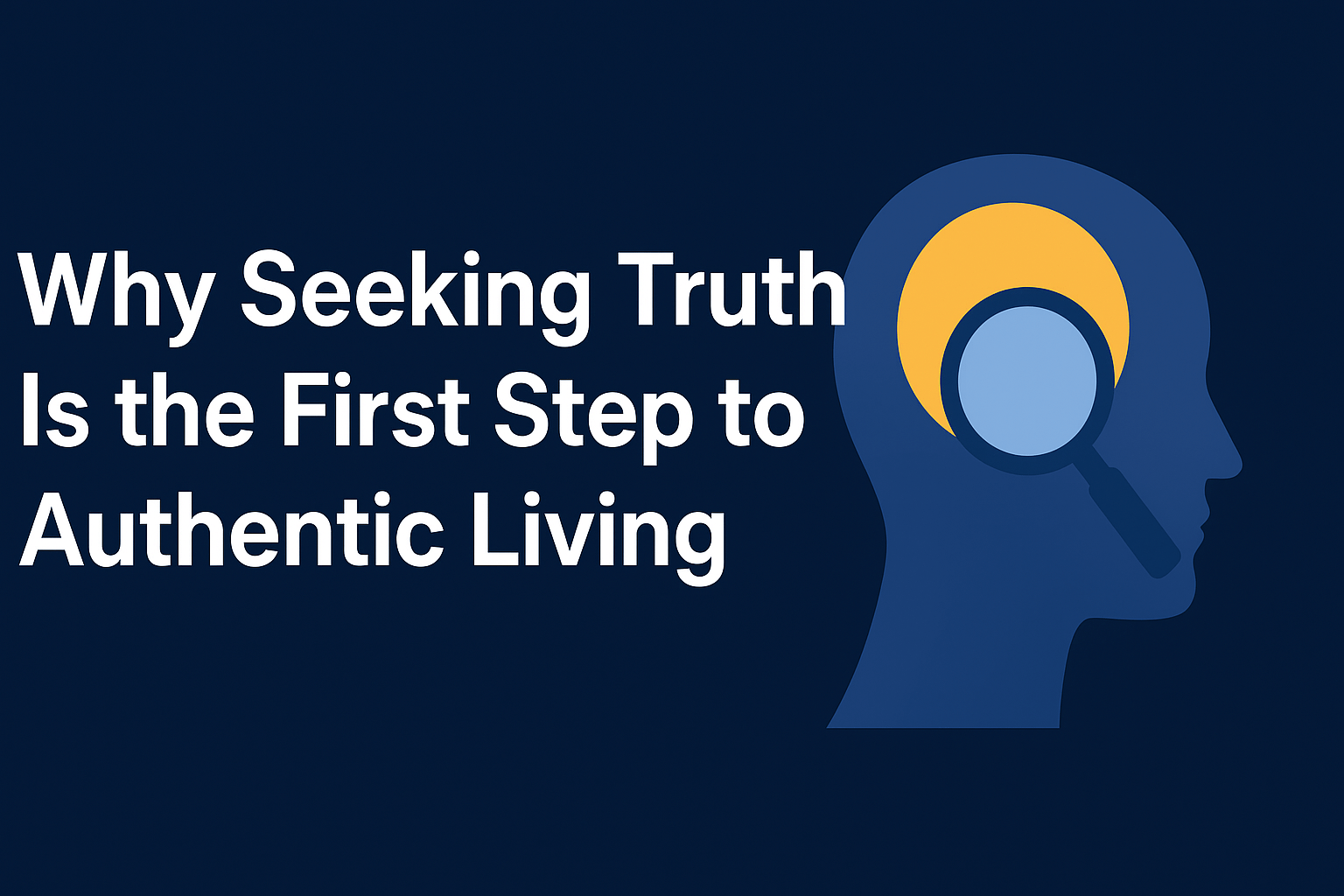If you’ve ever sat in a room where someone captured everyone’s attention with ease — hanging on every word, completely tuned in — you’ve witnessed the raw power of storytelling.
Working in personal development, I’ve seen firsthand how mastering storytelling can make or break your success in leadership, business, and life.
Whether you’re pitching an idea, leading a team, or building your personal brand, understanding storytelling isn’t optional — it’s essential. And the good news? It’s a skill anyone can learn.
Let’s walk step by step through this blueprint to make you a storyteller worth listening to.
Why Storytelling Matters in Leadership and Life
Before we dive into the steps, it’s important to understand why storytelling deserves your attention.
Stories Connect, Data Confuses
Numbers are great, but stories stick.
According to research from Stanford University, people remember stories 22 times more than facts alone (Zak, Paul J., “Why Inspiring Stories Make Us React,” Harvard Business Review, 2014).
Think about it — when your favorite entrepreneur shares their struggles before success, you feel connected because of the emotional journey, not just the financial results.
Stories Build Trust
As young leaders, trust is our currency.
When you share authentic stories — your wins, your losses, your lessons — people see you as human, relatable, and trustworthy. Storytelling is the bridge between authority and approachability.
Stories Inspire Action
The right story doesn’t just entertain.
It motivates, shifts perspectives, and drives decisions. If you want people to follow your lead, invest in your ideas, or simply believe in you, mastering storytelling is non-negotiable.
Step 1: Understand the Core Elements of Storytelling
The Hero’s Journey
Most great stories follow a familiar pattern:
- Hero (that’s you or your subject)
- Challenge (the obstacle)
- Journey (how they face it)
- Transformation (the outcome)
You’ve seen this in movies, books, and speeches because it works. People resonate with growth arcs.
Pro Tip:
Mentors of mine always tell me to position myself as the guide rather than the hero when talking to others. Let your audience be the hero — you’re there to help them win. The power of storytelling is that the audience can see themselves as the hero in the story.
Emotional Hooks
People make decisions emotionally first, then justify them logically. Use emotions to your advantage:
- Vulnerability (share failures)
- Triumph (celebrate wins)
- Humor (lighten the mood)
When I first started leading an organization, I was totally bad at it. Instead of hiding it, I told my team about it. This made them feel like they could do it, too.
Step 2: Practice Simplicity and Clarity
Avoid Overcomplicating
One of the biggest mistakes beginners make in storytelling is overcomplicating the message. Stick to clear, concise language. If you try to include too many details, you’ll lose your audience.
Use Vivid Imagery
Paint pictures with your words.
Instead of saying, “I had a tough year,” say, “There were nights I stared at the ceiling, wondering if my goals were slipping through my fingers.”
Visuals stick. Details matter. The audience needs to feel the story as if they were the ones who lived it. Remember, people don’t remember what you say, but they will always remember how you made them feel.
Step 3: Tailor Stories to Your Audience
Know Who You’re Speaking To
Are you talking to young entrepreneurs? Corporate professionals? Investors?
Customize your tone, examples, and depth based on your audience’s experiences and interests.
When I coach first-time managers, I always share stories about my awkward transition from peer to leader. Since these are stories they can currently relate to.
Meet Them Where They Are
Your audience should see themselves in your story. Use relatable challenges and universal themes like fear of failure, imposter syndrome, or ambition.
Step 4: Practice Relentlessly
Storytelling Is a Muscle
The more you practice, the stronger you get.
Record yourself telling a story. Re-watch it. Tighten the flow. Improve your pauses. Refine the punchlines.
Action Step:
Start by crafting 3 signature stories:
- Your personal “Why” story
- A failure-turned-lesson story
- A customer or client success story
These become your go-to in conversations, interviews, or public speaking.
Collect Stories Everywhere
Life hands you stories daily. Pay attention.
That awkward Zoom call? Story.
The time you nearly missed a flight but made a key connection? Story.
Collect these, refine them, and they’ll serve you forever.
Step 5: Optimize for Impact
End with a Strong Call to Action
Every great storytelling moment should lead to action.
- Do you want them to buy?
- Do you want them to reflect?
- Do you want them to believe?
Don’t let your story fade without telling your audience what to do next.
Test and Tweak
Not every story will land the first time. Test in small settings, adjust your flow, and always ask for feedback.
Optimizing Your Life for Storytelling Success
Here’s an unexpected bonus: When you focus on living intentionally, you naturally collect better stories.
- Try new things. Say yes to experiences.
- Take calculated risks. Even failures make for powerful lessons.
- Reflect often. Journaling helps you capture insights as they happen.
As you grow, your story library expands, making you an even stronger communicator and leader.
Final Thoughts
If you take just one thing away from this guide, let it be this: Storytelling is not reserved for famous authors or keynote speakers. It’s for you. It’s for anyone who wants to influence, inspire, and lead with impact.
We live in a noisy world. The ability to tell a clear, compelling story will set you apart more than any resume, any credential, or any technical skill.
So, start today. Start small. Start messy. But start.
Because the world needs your story — and your future success depends on how well you tell it.
References
- Zak, Paul J. “Why Inspiring Stories Make Us React.” Harvard Business Review, 2014.
- Stanford University, Storytelling Memory Study, 2017.





